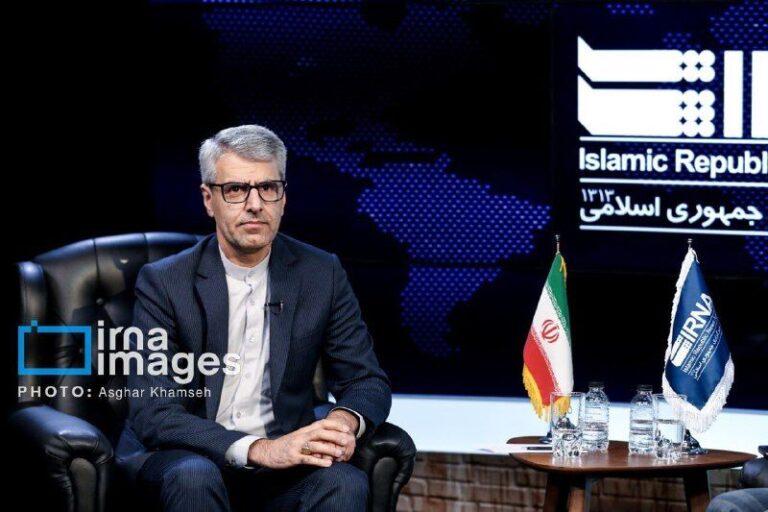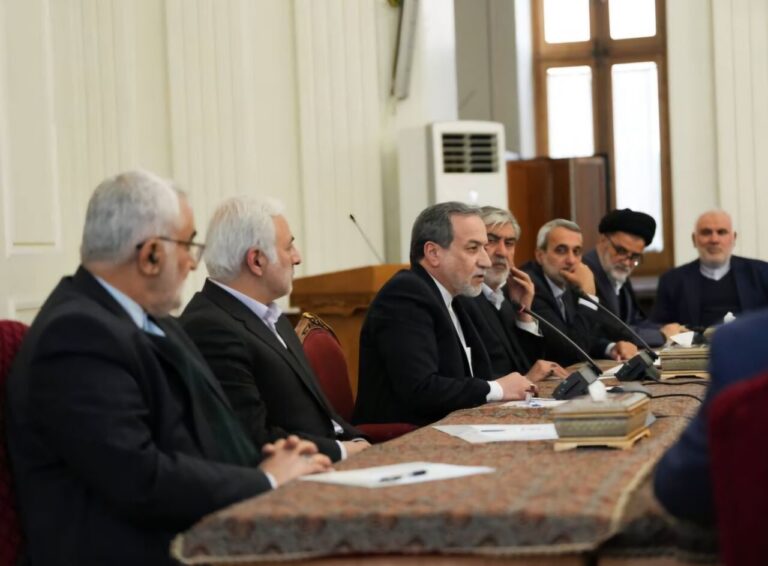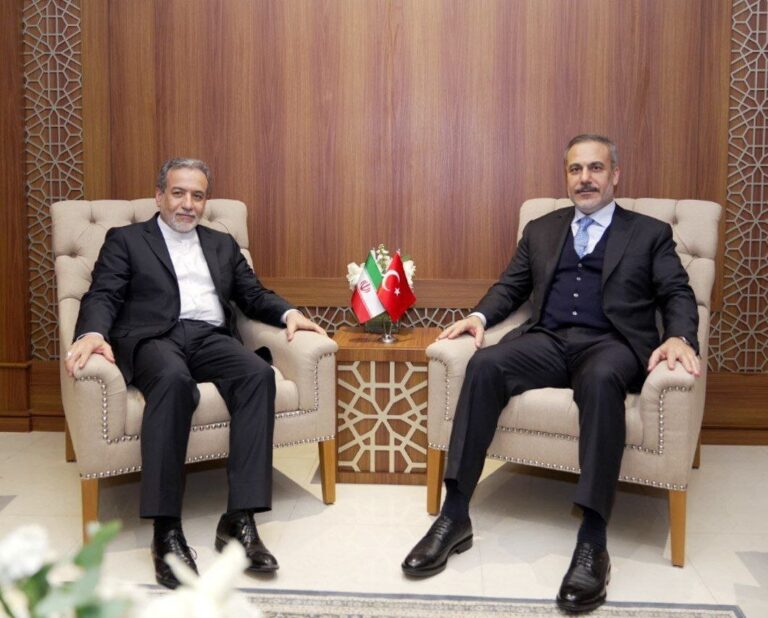US Targets Iran Oil Traders with Sanctions Amid Ongoing Nuclear Negotiations
The ongoing geopolitical tensions in the Middle East have led to significant developments regarding Iran’s oil and petrochemical exports. Recently, a statement released by Anadolu Agency revealed that “The President (Donald Trump) is committed to driving Iran’s illicit oil and petrochemical exports — including exports to China — to zero under his maximum pressure campaign.” This commitment is part of a broader strategy to mitigate Iran’s influence in the region.
The sanctions imposed by the United States target specific entities involved in the Iranian oil trade, highlighting the intricate web of global oil markets. The recent actions include:
- Sanctioning four sellers of Iranian petrochemicals.
- Identifying a key purchaser involved in these transactions.
- Targeting a marine management company crucial for transporting Iranian petroleum products.
- Sanctioning an Iran-based cargo inspection company involved in the export process.
According to the Anadolu Agency, these sanctions are aimed at disrupting the flow of Iranian oil and petrochemicals, which have been valued at hundreds of millions of dollars. This move is part of the U.S. government’s broader strategy to apply pressure on Iran and curb its oil exports, particularly to significant partners like China.
Despite these efforts, the latest statistics indicate a surprising trend. Since the re-imposition of the maximum pressure campaign by Trump in January, Iranian oil exports to China have actually surged by 20%, reaching over 1,700,000 barrels per day (bpd). This unexpected increase raises questions about the effectiveness of the sanctions and the resilience of Iran’s oil trade in the face of international pressure.
This recent round of sanctions follows a third session of U.S.-Iran nuclear negotiations that were mediated by Oman. Both parties reported having made substantial progress, with a fourth meeting already scheduled for Saturday. Such negotiations are critical, as they could potentially lead to a new agreement regarding Iran’s nuclear program and its oil exports.
The complexities of the situation can be further understood by examining the key players involved:
- Donald Trump: The U.S. President leading the maximum pressure campaign against Iran.
- Iran: The nation facing sanctions due to its oil and nuclear programs.
- China: A significant purchaser of Iranian oil, complicating the U.S. sanctions strategy.
- Oman: The mediator facilitating the U.S.-Iran negotiations.
The implications of these sanctions and negotiations are far-reaching. If successful, the U.S. could significantly diminish Iran’s ability to export oil, impacting its economy and regional influence. However, the increasing exports to China suggest that alternative routes and markets may be available to Iran, allowing it to circumvent some of the intended effects of the sanctions.
In conclusion, the geopolitical landscape surrounding Iran’s oil exports is dynamic and continuously evolving. As the U.S. intensifies its sanctions under the maximum pressure campaign, the actual impact on Iranian oil exports, particularly to China, remains to be seen. The ongoing negotiations add another layer of complexity, as both sides seek to navigate the challenging waters of diplomacy while addressing critical issues surrounding nuclear proliferation and economic sanctions.
For those closely following the developments in this region, it is clear that the situation will continue to unfold, with potential ramifications not only for Iran and the U.S. but also for global oil markets and international relations.






